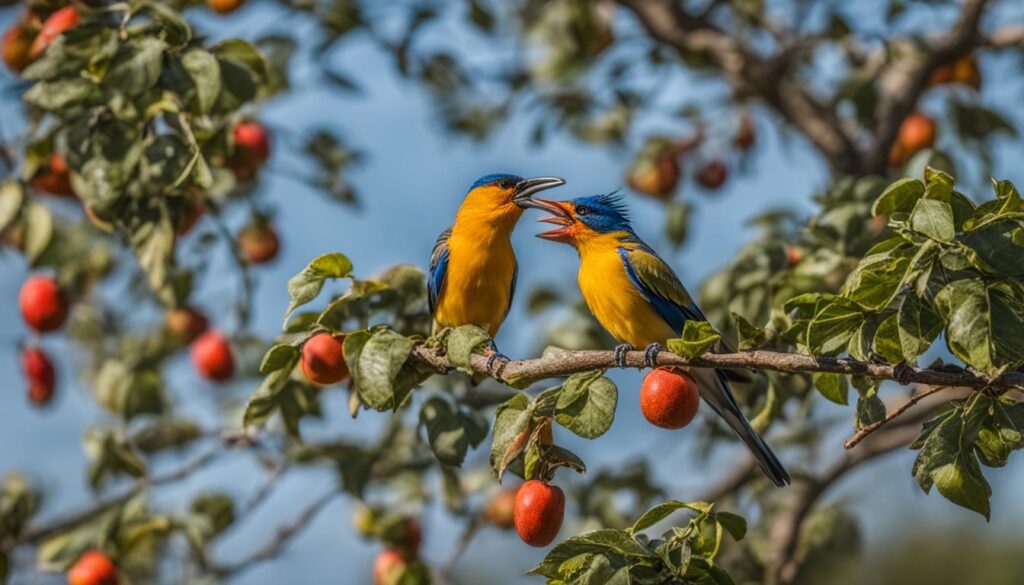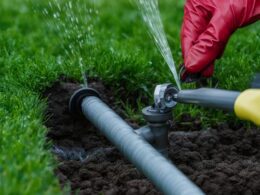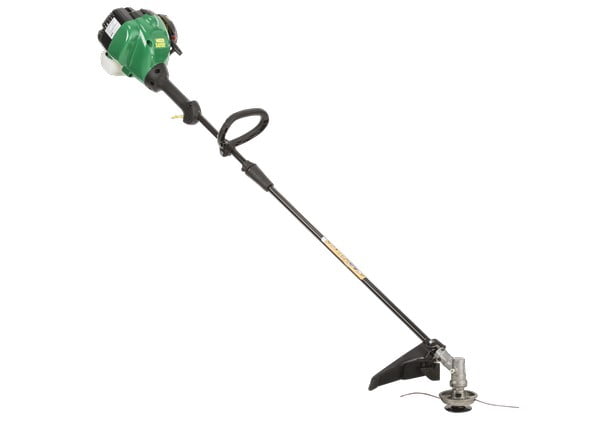In the natural world, animals and plants share a symbiotic relationship that is vital for their survival. This interdependence is a fundamental aspect of the intricate web of life found in nature. Both animals and plants rely on each other in various ways, forming a delicate balance that ensures their long-term coexistence. Understanding the symbiotic relationships between animals and plants sheds light on the interconnectedness of the natural world and emphasizes the importance of preserving and protecting these relationships.
Animals depend on plants for sustenance and shelter. They rely on the abundant plant life for sources of food, whether it be the leaves, fruits, or nectar that plants provide. Dense vegetation also acts as a refuge and nesting ground, offering protection and security to numerous animal species.
On the other hand, plants rely on animals, often referred to as pollinators, for reproduction. Bees, butterflies, birds, and other creatures help transfer pollen from one plant to another, enabling the production of seeds and the continuation of plant species. Animals also aid in seed dispersal as they consume fruits and carry the undigested seeds to new locations, allowing for the colonization of different areas by plants.
This mutual dependency between animals and plants goes beyond individual species; it extends to the functioning of entire ecosystems. Through their intricate interactions, animals and plants contribute to the overall balance and health of the environment. This interdependence ensures the sustainability of both animal and plant populations and consequently influences the well-being of countless other organisms within the ecosystem.
From the air we breathe to the water we drink, the symbiotic relationship between animals and plants plays a crucial role in maintaining the delicate equilibrium of the natural world. By recognizing the significance of these relationships, we can better appreciate the intricate beauty of nature and work towards preserving it for future generations.
The Importance of Plants for Animals
Plants are more than just a beautiful addition to our surroundings – they play a vital role in supporting the lives of animals. These green wonders provide shelter, food, and facilitate important processes like pollination and seed dispersal, contributing to the overall health and sustainability of our ecosystems.
Shelter and Habitat
Plants serve as vital habitats for a wide range of animal species. Trees offer homes to birds, squirrels, and even insects, while dense shrubs and underbrush provide hiding places and nesting sites for mammals. Whether it’s the branches of a tree or the dense foliage of a bush, plants create safe spaces for animals to seek refuge from predators and harsh weather conditions.
Essential Food Source
Plants are the primary source of food for herbivorous animals. From grazing animals munching on grass to insects feasting on leaves, plants provide the necessary nutrients for these creatures to survive. Without plants, herbivores would struggle to find sustenance, disrupting the delicate balance of our ecosystems and impacting the entire food chain.
Fueling the Pollination Process
Pollination is a critical process that enables plants to reproduce and create seeds, ensuring their survival. Animals, such as birds, bees, butterflies, and even bats, play a key role in pollinating plants. They transfer pollen from the male part of a flower to the female part, facilitating fertilization and the production of fruits and seeds. In essence, animals act as nature’s matchmakers, ensuring the continuity of plant species.
Seed Dispersal and Regeneration
Plants rely on animals to disperse their seeds and colonize new areas. Fruits and other seed-containing structures often entice animals with a delicious meal. As animals consume the fruits, they unknowingly scatter the seeds in different places through their droppings, providing opportunities for new plants to grow. This mutual relationship allows plants to expand their territory and ensure their genetic diversity.
The Mutual Dependency of Animals and Plants
The interdependency between animals and plants is essential for creating a balanced ecosystem. Animals rely on plants for their survival, depending on them for food, shelter, and oxygen. Plants, in turn, rely on animals for pollination, seed dispersal, and nutrient recycling. This mutual dependency ensures the health and sustainability of both animal and plant populations.
Animals depend on plants for food. Herbivorous animals feed on plants, obtaining the nutrients necessary for their growth and survival. Additionally, animals find shelter within the structures provided by plants, such as trees, shrubs, or leaf litter. These hiding places keep animals safe from predators and harsh weather conditions.
Plants benefit from animals through pollination and seed dispersal. Animals, including birds, bees, bats, and insects, transfer pollen from male flowers to female flowers, enabling plant reproduction. This process is crucial for the production of fruits and seeds. Furthermore, animals aid in the dispersal of seeds by consuming fruits and then dispersing the seeds through their droppings. This helps plants colonize new areas and maintain genetic diversity.
The interdependence between animals and plants also extends to the larger environment. Together, they contribute to the overall functioning of ecosystems, ensuring the balance of nutrients, energy flow, and the provision of vital ecosystem services. Plants play a crucial role in air purification by absorbing carbon dioxide and releasing oxygen through the process of photosynthesis. They also help regulate the water cycle by absorbing and retaining water in the soil. Animals, on the other hand, support nutrient recycling through the decomposition of organic matter, facilitating the return of nutrients to the soil.
How Do Animals like Deer Benefit Plants like Pumpkin?
Deer eating pumpkin plants can actually benefit the plants in a surprising way. When deer consume the plants, they help to naturally prune and trim them, promoting healthier growth. Additionally, deer droppings act as natural fertilizer, enriching the soil and providing essential nutrients for the pumpkin plants to thrive.










